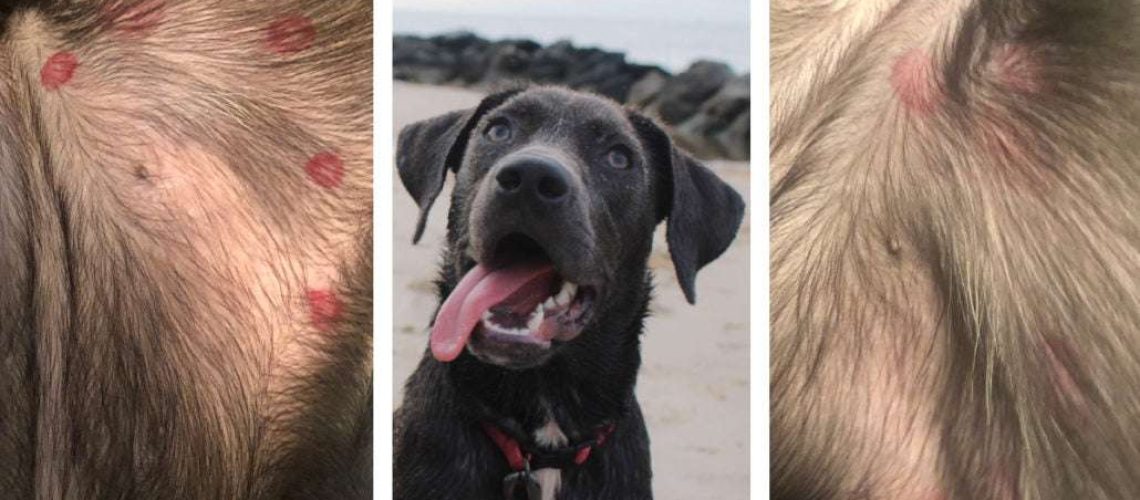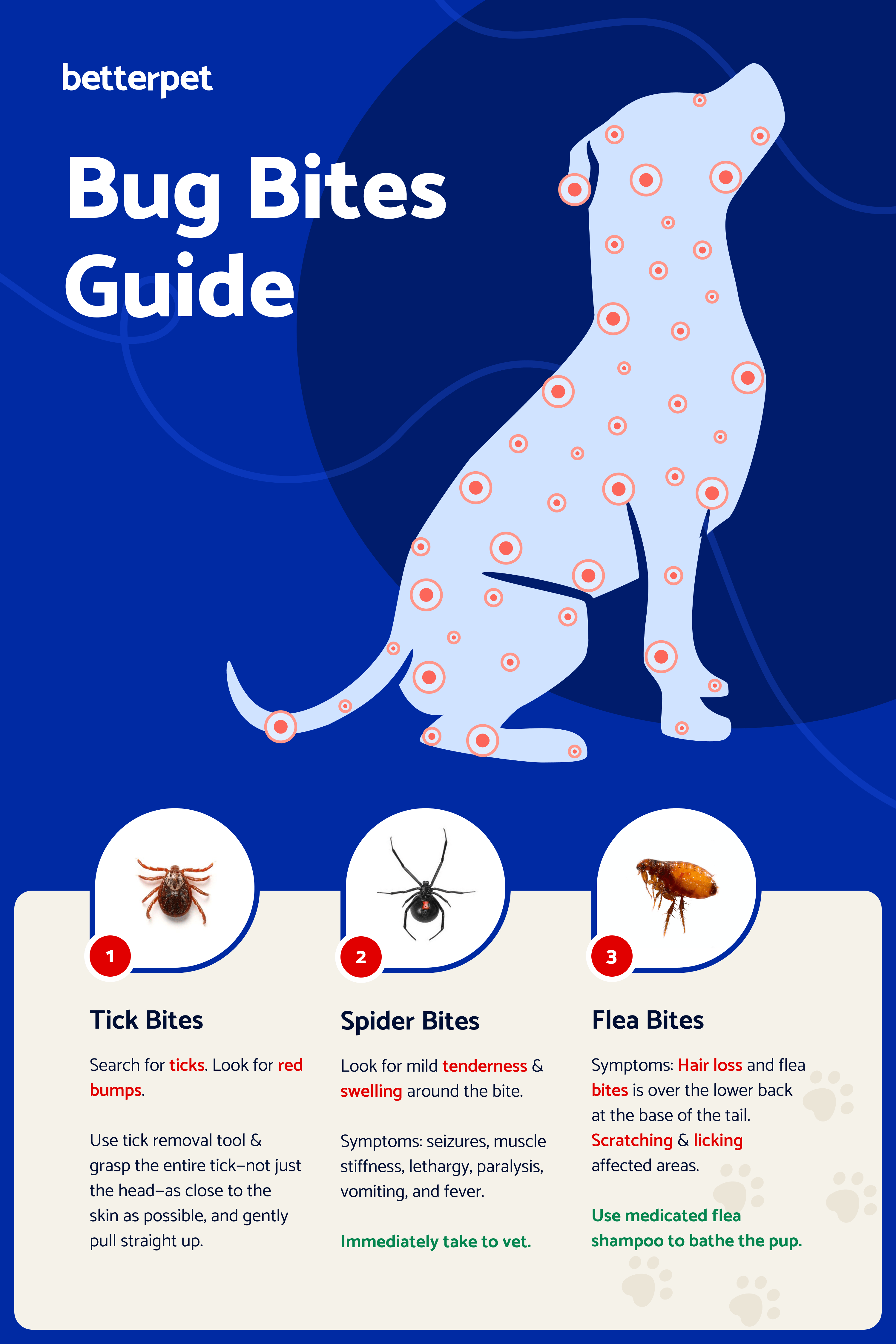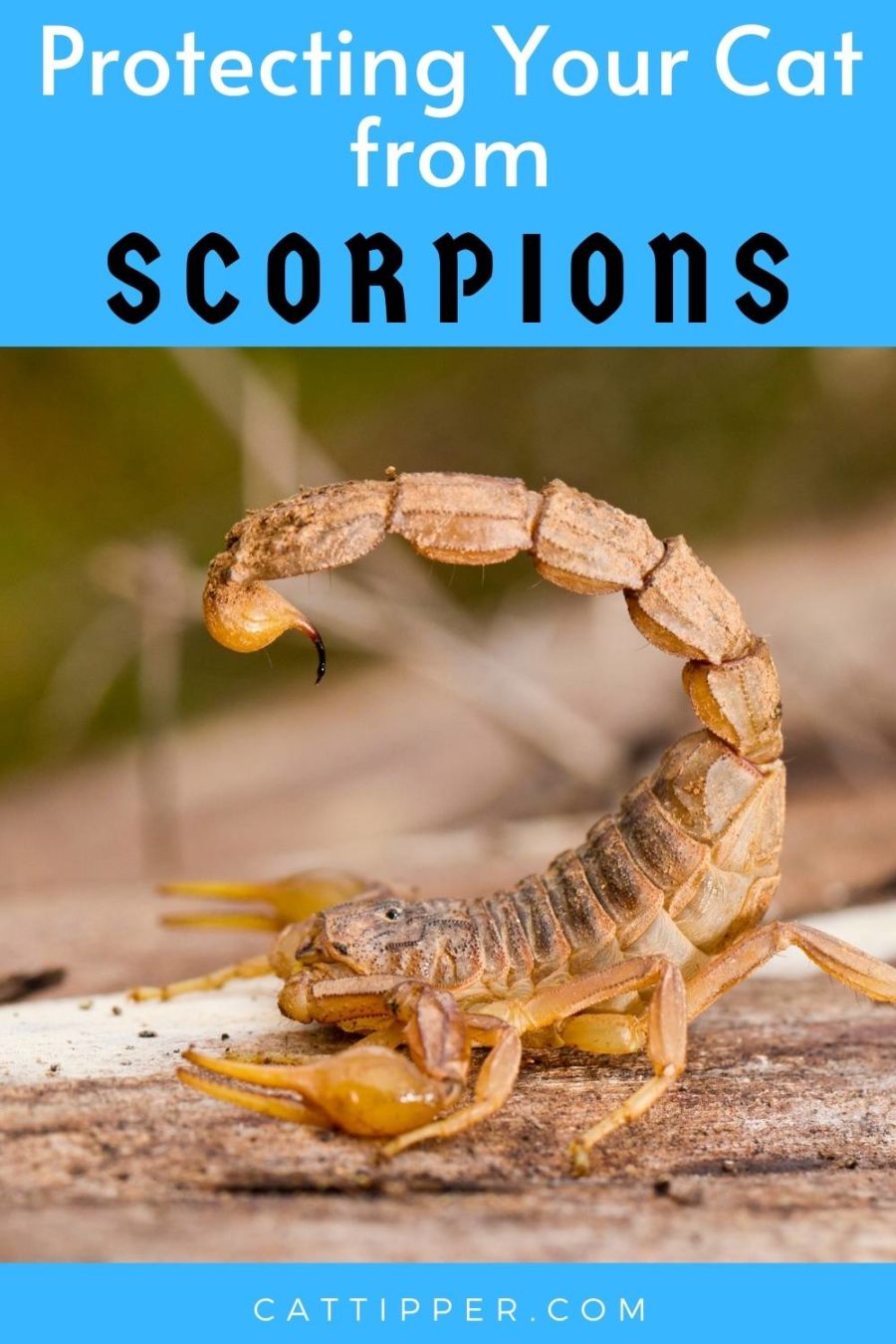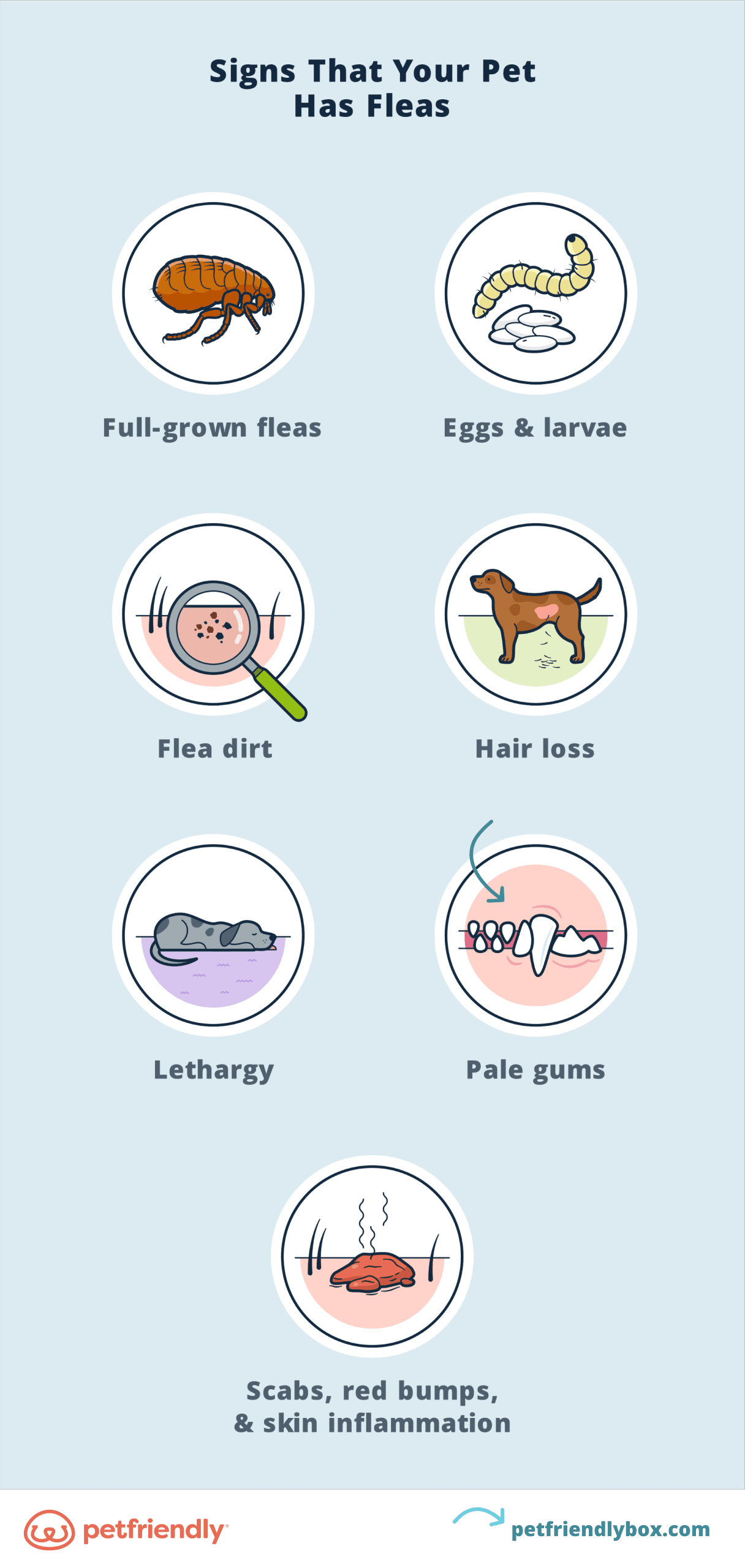Key Takeaways:
- Bug bites and stings on dogs can cause itching, swelling, and discomfort.
- Common bugs that bite or sting dogs include fleas, ticks, mosquitoes, bees, and wasps.
- It is important to regularly check your dog for signs of bug bites or stings, such as redness or unusual behavior.
- If your dog has been bitten or stung, you can provide relief by applying a cold compress and using over-the-counter topical treatments recommended by your veterinarian.
- In severe cases or if your dog shows signs of an allergic reaction (such as difficulty breathing), it is crucial to seek immediate veterinary attention.
Are you a dog owner concerned about your furry friend's well-being? If so, you've come to the right place! Understanding bug bites and stings on dogs is essential for any responsible pet owner. Not only can it help alleviate discomfort for your beloved pup, but it can also prevent potentially dangerous situations. Did you know that over 4 million dogs are affected by bug bites and stings each year? By delving into this subject, you'll gain valuable knowledge on how to protect your canine companion from these pesky critters. So let's explore the world of bug bites and stings on dogs together, ensuring a happier and healthier life for our four-legged friends!
What are bug bites and stings on dogs?
Bug bites and stings on dogs occur when insects like mosquitoes, fleas, ticks, or bees come into contact with a dog's skin and bite or sting them. These bites can cause discomfort and irritation for the dog, similar to how they affect humans. Dogs may scratch or lick the affected area excessively, leading to further irritation or even infection.
When a bug bites a dog, it injects saliva or venom into their skin. This can trigger an allergic reaction in some dogs, causing more severe symptoms such as swelling, redness, hives, or difficulty breathing. It's important to identify and treat bug bites early to prevent any complications.
Common bugs that bite or sting dogs include:
- Mosquitoes: These pesky insects can leave itchy bumps on a dog's skin.
- Fleas: Fleas are small parasites that infest a dog's fur and feed on their blood, causing intense itching.
- Ticks: Ticks attach themselves to a dog's skin and feed on their blood. They can transmit diseases like Lyme disease.
- Bees and Wasps: If a dog accidentally disturbs a bee or wasp nest, they may get stung. Bee stings can be painful and may cause an allergic reaction in some dogs.
Note:
It's essential to keep your dog protected from these bugs by using appropriate preventive measures such as flea and tick treatments and keeping them away from areas with high mosquito activity.
How bugs like mosquitoes and fleas cause bites and stings on dogs?
Bugs like mosquitoes and fleas have specialized mouthparts that they use to bite dogs and feed on their blood. When a mosquito bites a dog, it pierces the skin with its proboscis (a long, needle-like mouthpart) and injects saliva into the skin to prevent the blood from clotting. The mosquito then sucks up the blood through its proboscis.
Fleas, on the other hand, have sharp mouthparts that pierce the skin and suck up the dog's blood. They can move quickly through a dog's fur, making them difficult to spot. Fleas also lay eggs in a dog's fur, leading to an infestation if not treated promptly.
How do bug bites and stings affect dogs?
Bug bites and stings can cause various reactions in dogs depending on their sensitivity and the type of bug involved. Common signs include:
- Redness and swelling at the site of the bite or sting
- Itching or scratching excessively
- Raised bumps or hives
- Pain or discomfort
- Limping or lameness if bitten on a paw
- Allergic reactions such as difficulty breathing or collapse (in severe cases)
Note:
If you notice any severe symptoms or suspect an allergic reaction, it's crucial to seek veterinary attention immediately.
Common signs and symptoms of bug bites and stings on dogs
Bug bites and stings can cause discomfort and irritation to our furry friends. Dogs may exhibit various signs and symptoms when they have been bitten or stung by bugs. One common sign is excessive scratching or licking of the affected area. They may also develop redness, swelling, or small bumps on their skin. In some cases, dogs may experience pain or tenderness at the site of the bite or sting. Additionally, you may notice your dog becoming restless or agitated due to the discomfort caused by the bug bite or sting.
Signs and Symptoms:
- Excessive scratching or licking
- Redness, swelling, or small bumps on the skin
- Pain or tenderness at the site of the bite or sting
- Restlessness or agitation
When to Seek Veterinary Care:
While most bug bites and stings on dogs are not serious, it's important to monitor your pet for any severe reactions. If you notice any of the following signs, it is recommended to seek veterinary care:
- Difficulty breathing
- Swelling around the face, throat, or eyes
- Vomiting or diarrhea
- Weakness or collapse
It's essential to be aware of these common signs and symptoms so that you can promptly address any bug bites or stings your dog may encounter.
Are certain dog breeds more prone to getting bug bites and stings?
When it comes to bug bites and stings, certain dog breeds may be more prone to them than others. Factors such as coat type, activity level, and geographical location can contribute to a breed's susceptibility.
Some breeds with shorter hair like Boxers and Dalmatians are more exposed to bugs as their skin is less protected compared to breeds with longer hair. Breeds with thin or sensitive skin, such as Greyhounds or Whippets, may also be more susceptible to bug bites and stings.
Moreover, dogs that spend a lot of time outdoors or in areas with high insect populations are at a higher risk. Breeds like Labrador Retrievers and Golden Retrievers, known for their love of outdoor activities, may encounter bugs more frequently.
It's important to note that while certain breeds may be more prone to bug bites and stings, all dogs can be affected. Taking preventive measures is crucial regardless of your dog's breed.
Preventing bug bites and stings on dogs
Prevention plays a vital role in protecting your furry friend from bug bites and stings. By taking some simple precautions, you can minimize the chances of your dog being bothered by pesky insects.
Tips for Preventing Bug Bites:
1. Use veterinarian-approved flea and tick prevention products regularly.
2. Avoid walking your dog during peak mosquito activity times (dawn and dusk).
3. Keep your yard clean and free from standing water where mosquitoes breed.
4. Use pet-safe insect repellents when necessary, following the instructions carefully.
5. Consider using protective clothing like lightweight shirts or insect-repellent bandanas for dogs with shorter hair.
6. Inspect your dog's coat regularly for any signs of fleas, ticks, or other insects.
Remember that prevention is key in ensuring your dog's well-being and minimizing the discomfort caused by bug bites and stings.
What to do if your dog gets a bug bite or sting?
If you suspect that your dog has been bitten or stung by a bug, there are several steps you can take to provide immediate relief and prevent further complications.
First Aid Steps:
1. Stay calm to keep your dog relaxed as they can sense your emotions.
2. Inspect the affected area to assess the severity of the bite or sting.
3. If there is a stinger visible, carefully remove it using tweezers or scrape it off with a credit card.
4. Clean the area gently with mild soap and water to prevent infection.
5. Apply a cold compress or ice pack wrapped in a cloth to reduce swelling and soothe the area.
6. Keep an eye on your dog for any signs of an allergic reaction or worsening symptoms.
When to Consult a Veterinarian:
While most bug bites and stings can be treated at home, it's important to contact your veterinarian if:
- Your dog shows signs of an allergic reaction (e.g., difficulty breathing, facial swelling).
- The symptoms worsen or persist for more than 24 hours.
- The bite or sting appears infected (e.g., pus, redness spreading).
By following these steps and seeking veterinary care when necessary, you can ensure proper care for your dog after a bug bite or sting.
Home remedies and over-the-counter treatments for bug bites and stings on dogs
When it comes to treating bug bites and stings on dogs, there are some home remedies and over-the-counter treatments that can provide relief.
Home Remedies:
1. Aloe vera gel: Applying a small amount of pure aloe vera gel to the affected area can help soothe itching and reduce inflammation.
2. Cold tea bags: Placing cooled tea bags (chamomile or green tea) on the bite or sting can provide relief due to their anti-inflammatory properties.
3. Baking soda paste: Mixing baking soda with water until it forms a paste-like consistency and applying it to the affected area can help alleviate itching.
Over-the-Counter Treatments:
1. Hydrocortisone cream: Topical creams containing hydrocortisone can help reduce itching and inflammation caused by bug bites.
2. Antihistamines: Over-the-counter antihistamines formulated for dogs can be used to relieve itching, but it's important to consult your veterinarian for the appropriate dosage.
While these remedies and treatments can provide temporary relief, it's crucial to monitor your dog's condition and seek veterinary care if the symptoms worsen or persist.
Remember, prevention is always better than cure when it comes to protecting your furry friend from bug bites and stings.
In conclusion, bug bites and stings on dogs can cause discomfort and irritation. It is important for dog owners to be aware of the signs and symptoms, and take appropriate measures to prevent and treat these bites to keep their furry friends happy and healthy.
What does a bug sting look like on a dog?
When a dog is bitten or stung, the symptoms can vary depending on the type of insect. Generally, bites and stings result in redness, slight swelling, and itchiness in the specific area. Occasionally, a stinger may remain, although most insects do not leave their stingers behind. This information was last updated on June 22, 2023.
What insects sting dogs?
The most frequent causes of insect bite reactions in pets are stings from bees and bites from spiders, fleas, and ticks.
Why does my dog have bumps like bug bites?
Hives can occur on your dog's skin after being exposed to something they are allergic to. This could be insect bites or any type of irritant, such as a new shampoo, ointment, or plants they may have come into contact with.
What does a spider bite look like on a dog?
How Can You Identify a Spider Bite on a Dog? Spider bites are usually not dangerous unless your dog has an allergic response. Generally, a spider bite will result in mild discomfort, itching, slight swelling, or redness for your dog.
Can you give a dog Benadryl for insect bites?
If it is deemed safe, you can administer Benadryl to your dog. However, not all dogs can tolerate this over-the-counter medication. It is best to consult with your veterinarian to determine if it is safe for your dog to use Benadryl for treating insect bites, and if so, what dosage to administer.
How long should a bug bite last on a dog?
Typically, bug bites should go away within a few days. However, if your dog has a more severe allergic response to the bite, it could persist for a week or even longer. Some spider bites may take anywhere from a few days to several months to fully heal.

















